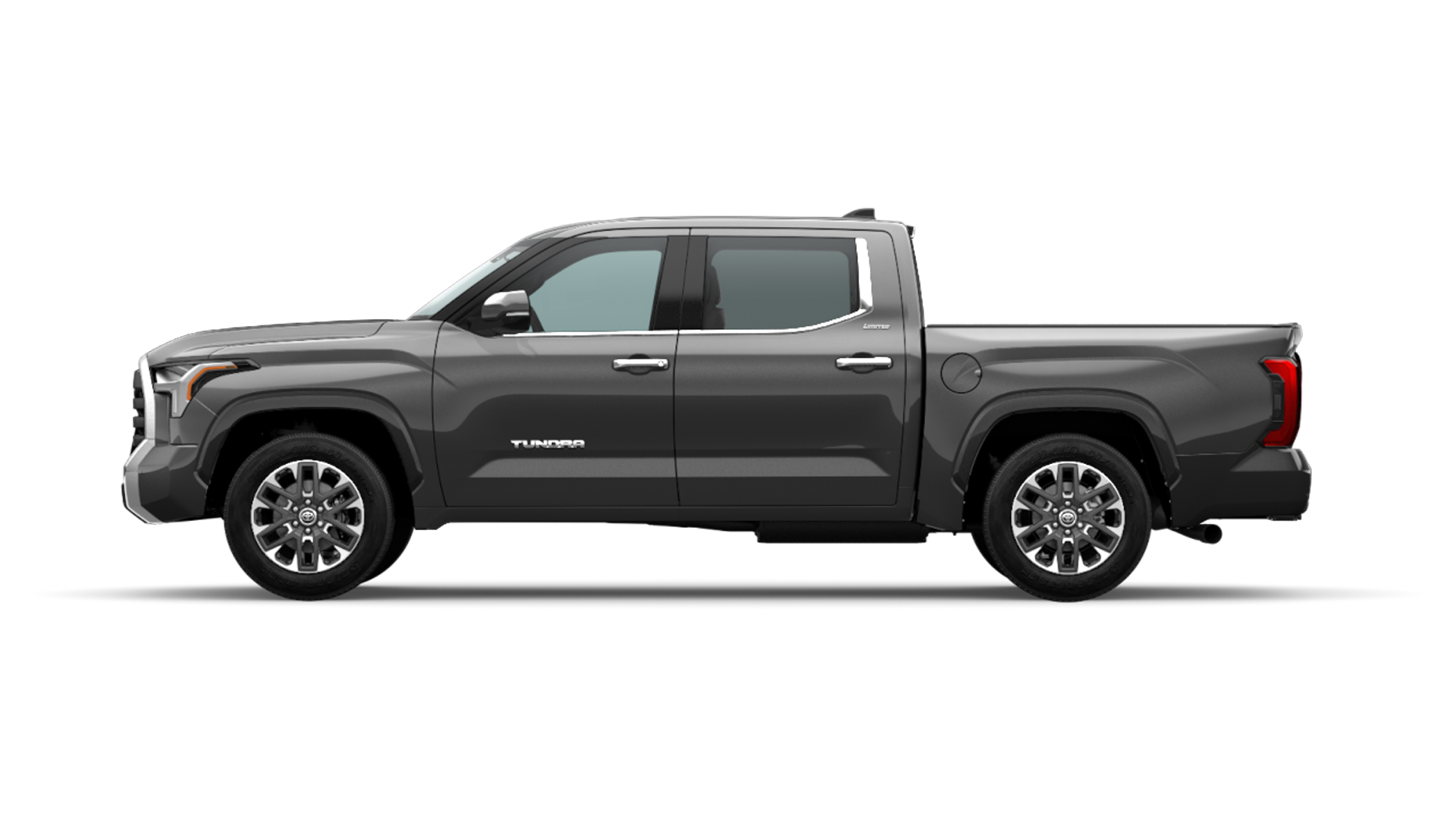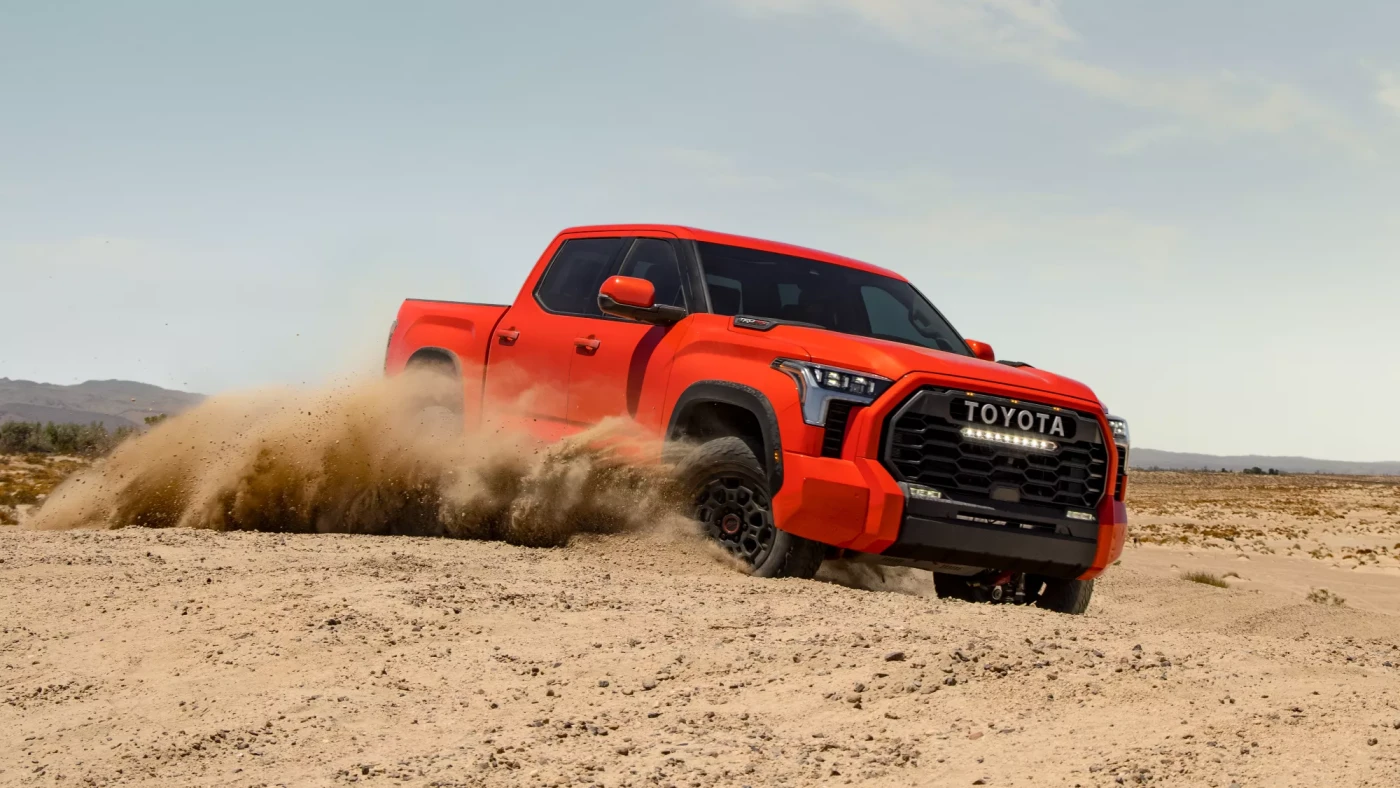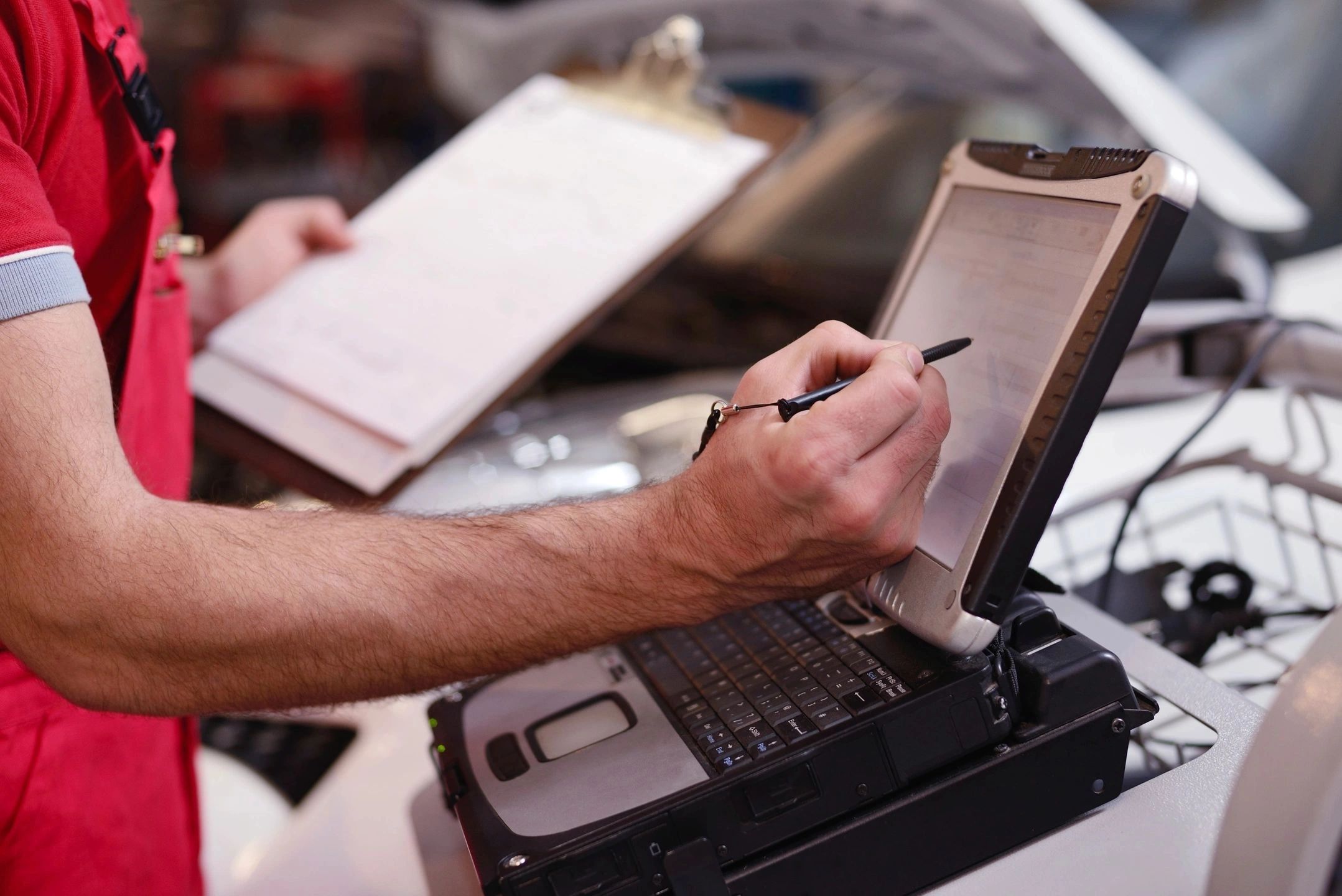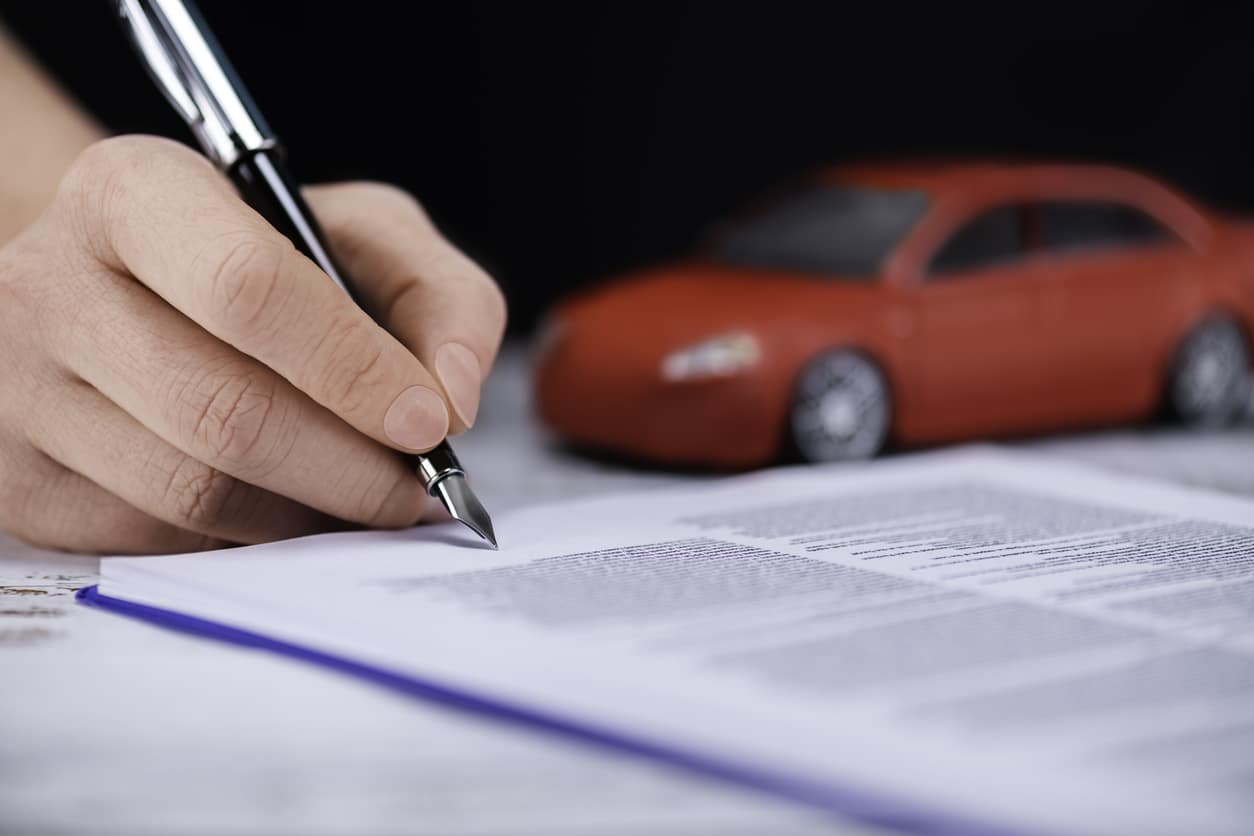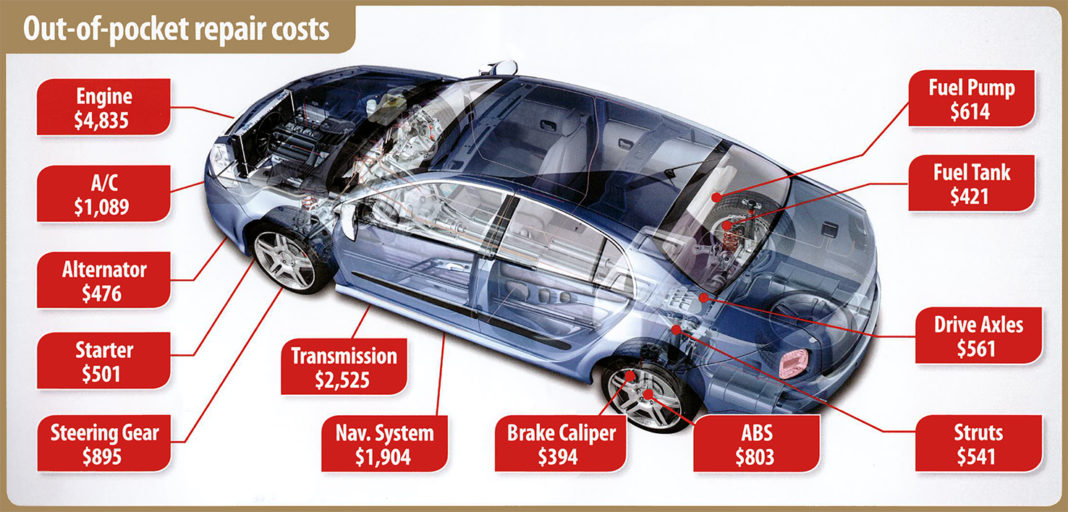
Getting your diesel engine to start and run in the freezing temperatures of the winter season is just one common issue with all diesel trucks. We’ve prepared the following article to help you understand and prevent issues with your diesel truck during winter.
What are the Most Common Issues with Diesel Trucks in Cold Weather?
Here are some of the common issues diesel trucks face during cold weather:
Fuel Gelling
As the name suggests, fuel gelling is a situation where the fuel in your tank thickens to the point it feels and looks like ‘gel’.
The problem with diesel fuel is that it can gel when it gets cold. This happens because the hydrocarbons in diesel are not soluble in water, so they form crystals when they get cold.

When this happens, the engine will stop running because there will be no way for the fuel to reach all of the cylinders.
How To Prevent This
Some fuel companies offer a winter blend which allows the truck to have better properties during the winter. It’s costlier than your typical diesel gas, but it will keep the truck running during this season.
Other options you should consider to keep fuel from gelling include;
1) Add an anti-gel additive to your diesel before winter starts
2) Keep your truck’s engine warm by running it for 10 minutes every hour or so during winter
Dirty Fuel Filters
Dirty fuel filters are the most common cause of no engine starts and stalls. This goes hand in hand with fuel gelling because when your fuel is at risk of gelling, dirty fuel can be your worst nightmare.

You’ll know if your fuel filter needs changing when you get poor engine performance, have a hard time starting your truck, experience stalling when driving, or have a random misfire.
How to Prevent This
As a rule of thumb, replacing your fuel filter before or at the beginning of the winter season would be best. You can also keep an extra fuel filter in your car, especially during the cold seasons.
Buildup of Deposits
A build-up of deposits is not an issue specific to the winter season, as the build-up happens in the combustion chamber over time. Diesel engines are prone to a build-up of carbon deposits inside the engine.
With the accumulation of deposits, fuel consumption will increase, and the engine will suffer considerable power loss.
How To Prevent This
The only way to prevent this is by treating the diesel engine and cleaning out the fuel injectors.
Here are some ways to clean your fuel injectors:
- Clean manually – You can manually disassemble the fuel injectors and clean them manually. However, we recommend finding a qualified professional to help you as this can be a thorough and time-consuming affair.
- Ultrasonic Waves – Take your truck to a professional garage which uses ultrasonic waves to clean the debris.
- Diesel Treatment – Using an additive called diesel treatment has proven to be an effective method of cleaning fuel injectors. It’s also cost-effective and easy to use.
How To Address a Cold Start
First, check the dipstick to see if the engine oil is fluid. Remember, diesel engine oil is prone to gelling, meaning it could be completely solid.
If this is the case, do not attempt to start it. Use an external heat source to return the oil to its natural viscous state. You; need to use a steamer or a blow heater to generate heat.



